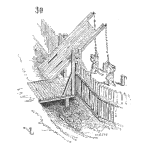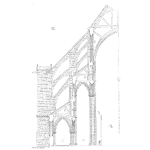
In the article, Hypothesis Tests for Proportion, the comparison is between a given value and the sample. In this case, let’s compare two populations. We take a sample which provides a proportion representing each population and determines if the populations are different from each other based on the two samples.
The exact solution uses the Binomial distribution, yet when np and 1 – np are greater than 5, then we can use a normal approximation for the test statistic and critical value. [Read more…]














 Ask a question or send along a comment.
Please login to view and use the contact form.
Ask a question or send along a comment.
Please login to view and use the contact form.